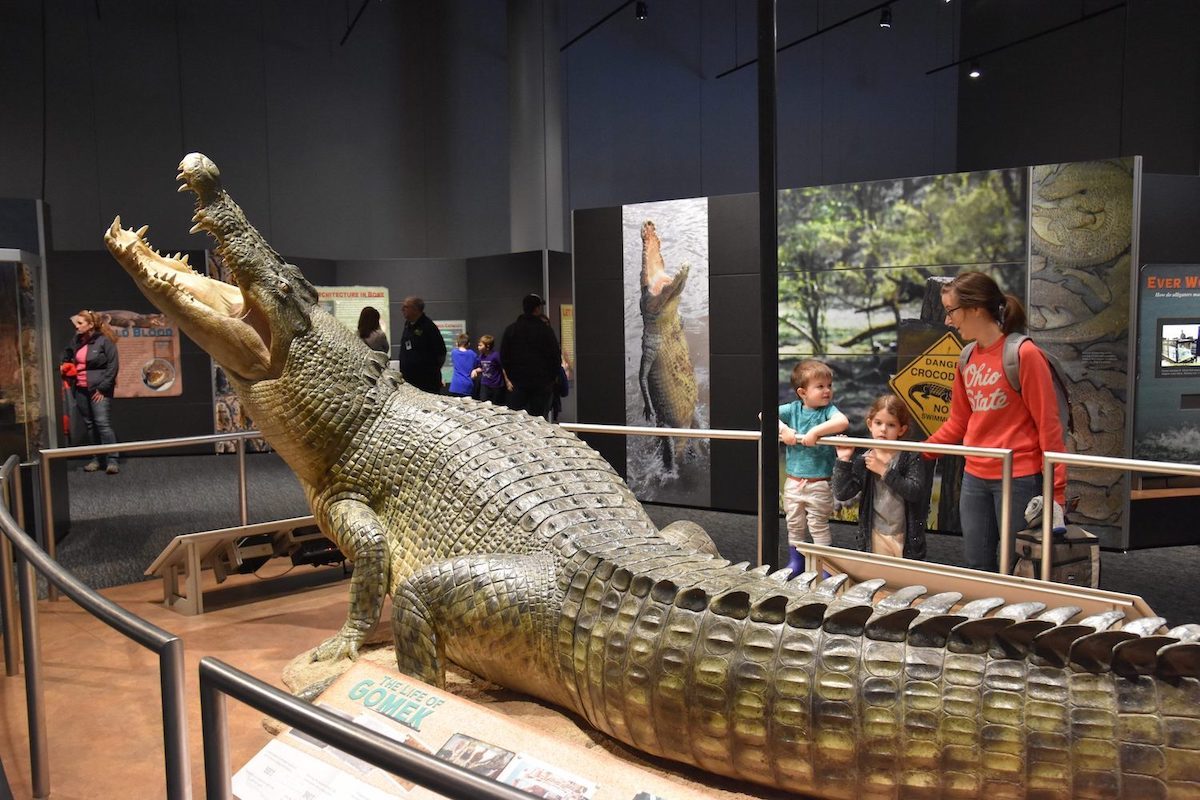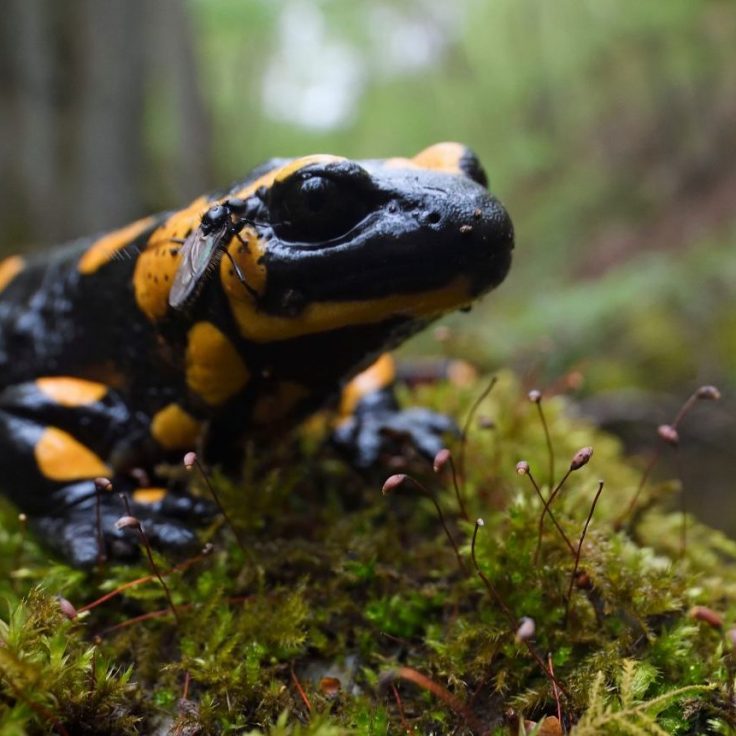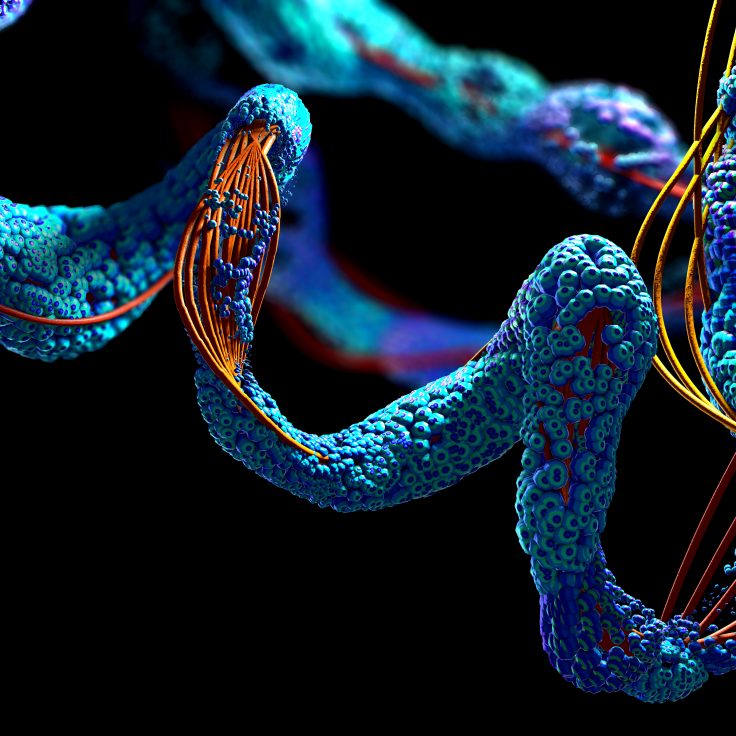
Crocodile Talk
UF biologist corrects misconceptions about a fascinating creature
Since “Crocs: Ancient Predators in a Modern World” debuted in 2016, thousands of visitors to the traveling museum exhibit have listened to KENT VLIET — a crocodilian expert, the exhibit’s scientific adviser and laboratory coordinator in the Department of Biology — explain what makes these reptiles such fascinating and enduring creatures.
Alongside live specimens and interactive features, Vliet leads an immersive learning experience, teaching attendees about the order Crocodylia, which includes the American alligator species found here in Florida. He details why crocodilians swallow rocks, how they navigate, and how unique snout shapes allow different species to crack snail shells or glide through water.
But until the exhibit arrived at the Florida Museum of Natural History at UF last year, one notable croc fanatic hadn’t seen it: Vliet himself. His appearance is as a “digital curator” in prerecorded video segments, and Vliet failed to catch the exhibit’s stints at such vaunted venues as the National Geographic Museum in Washington, D.C. and the American Museum of Natural History in New York City. (The College of Liberal Arts and Sciences even held an alumni event at the exhibit in D.C. that Vliet wasn’t able to attend.) The exhibit finished up its stay at the Florida Museum in early January 2020, with future runs yet to be announced.

That’s not to say Vliet terribly minded missing it. He was reluctant to appear in the exhibit in the first place, fearing that visitors would become annoyed by the sound of his voice. But he acquiesced because he’s passionate about spreading an appreciation for animals that are too often misunderstood.
“My hope is that people will be impressed by and respect these remarkable animals and their phenomenal capabilities,” Vliet said.
Instead of highlighting the ruthless attackers commonly seen in news coverage, Vliet notes their shy personalities, sophisticated vocal systems and attentive parenting. “What I’m trying to do is create a new mental image of crocs — perhaps of a mother croc picking up and carrying its baby to water.”
As a well-known crocodilian expert, Vliet is a frequent phone call for reporters writing stories about these reptiles. He uses this platform to push back against sensational headlines and pervasive narratives. A recent NBC News Story, for example, asked him to weigh in on a Tennessee police department’s assertion that flushing drugs down the toilet could lead to “meth-gators” wreaking havoc on the community — Vliet was skeptical.
He hasn’t only corrected misconceptions held by laypeople — he’s also had to school his collaborators. The exhibit’s centerpiece is a scale sculpture of Gomek, the largest crocodile ever exhibited in North America at over 17 feet long and 2,000 pounds. But when the artist sent photos of the massive statue for review, Vliet noticed that the jaw articulation was completely wrong — the artist would have to redo it.
“I’m sure that guy must hate my guts,” Vliet said.


